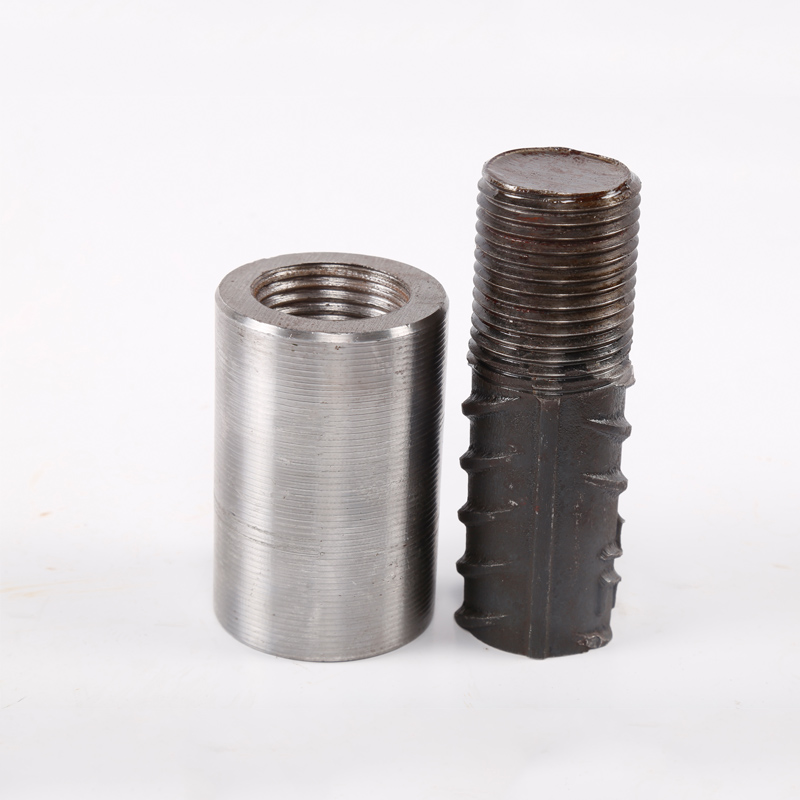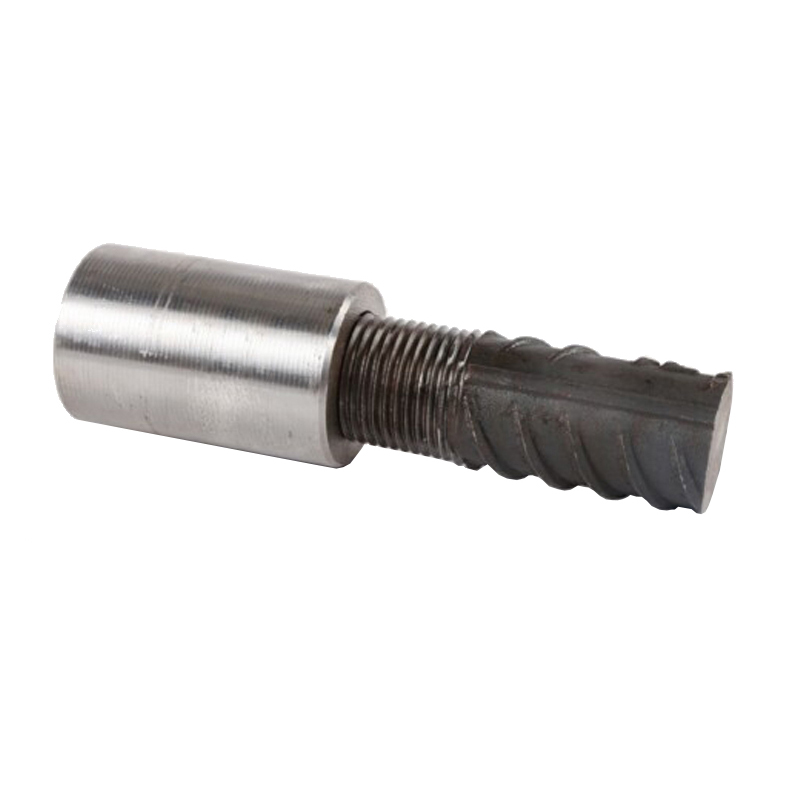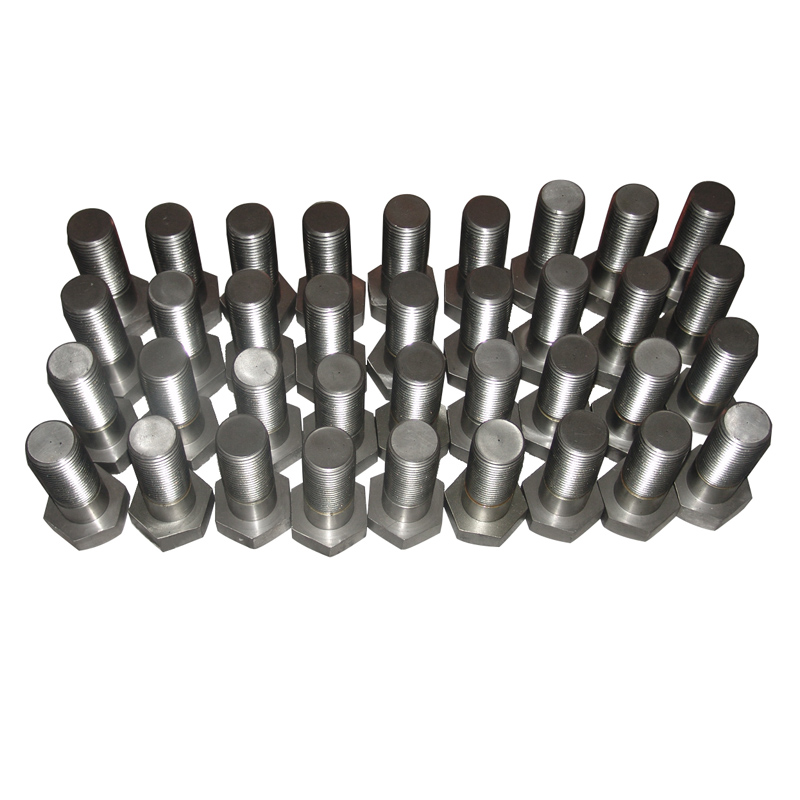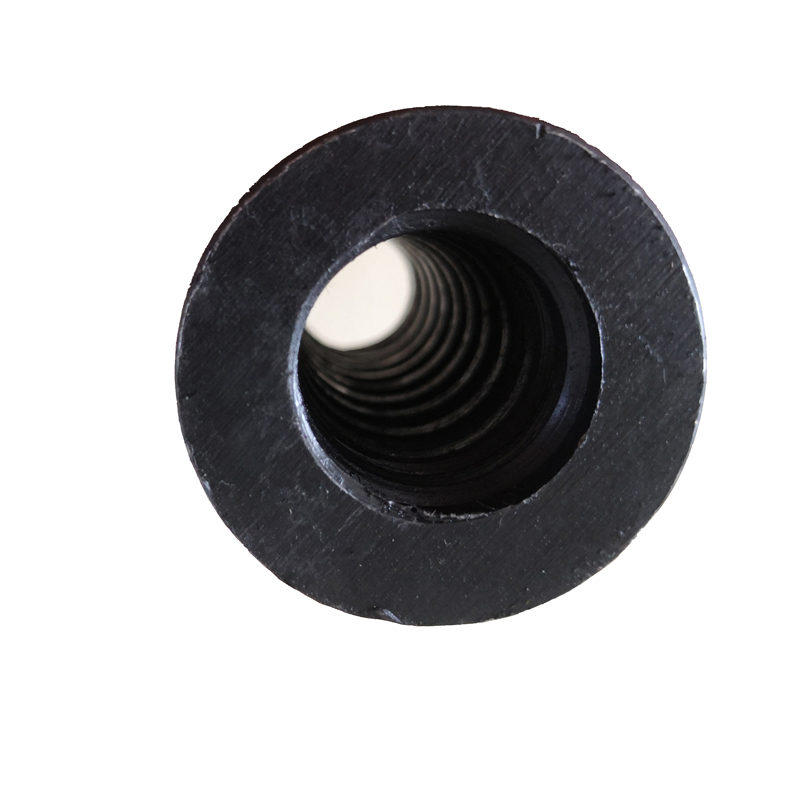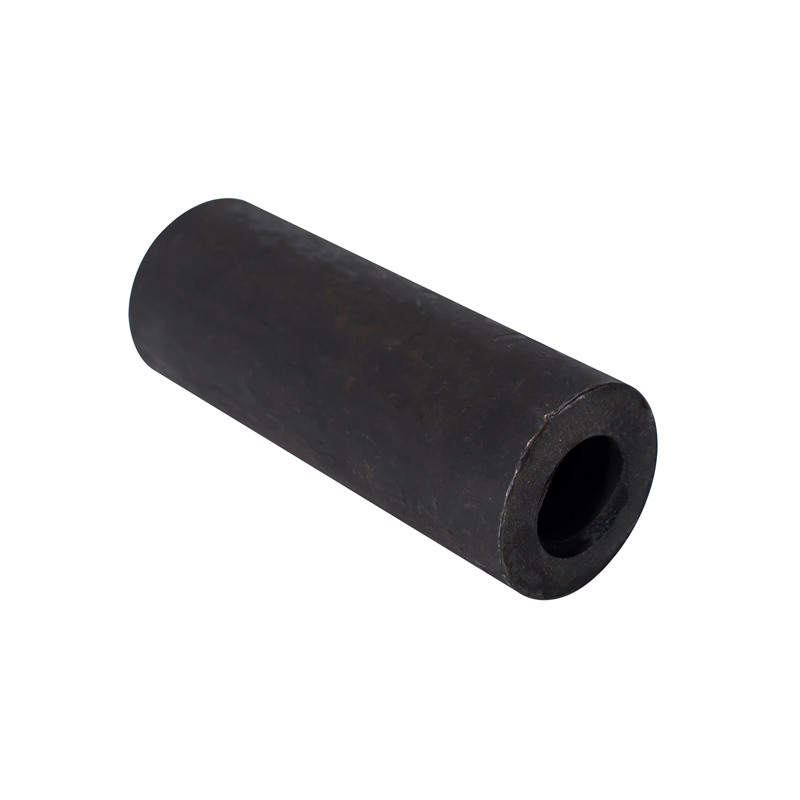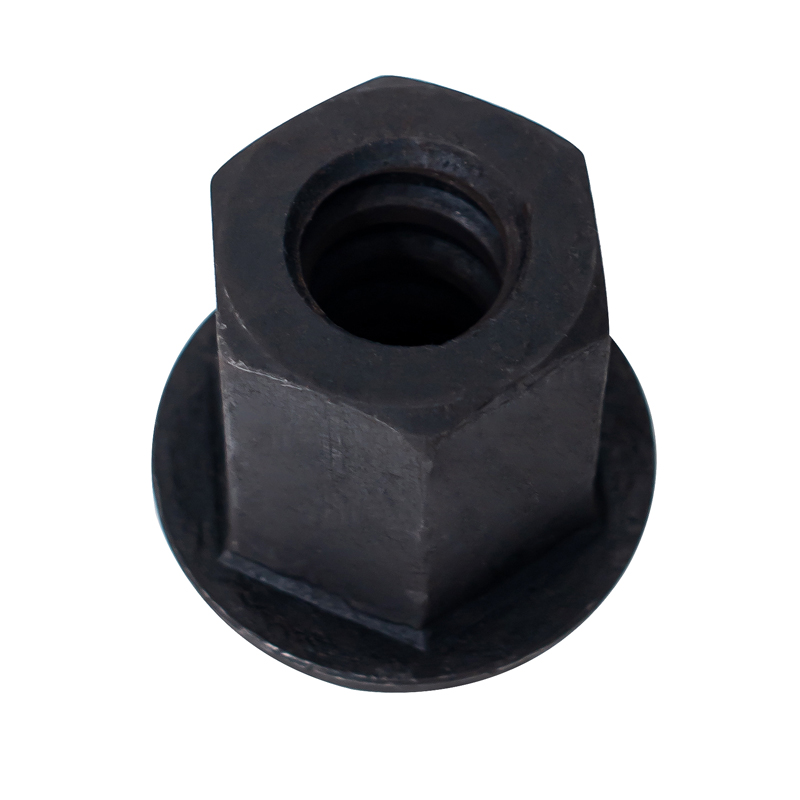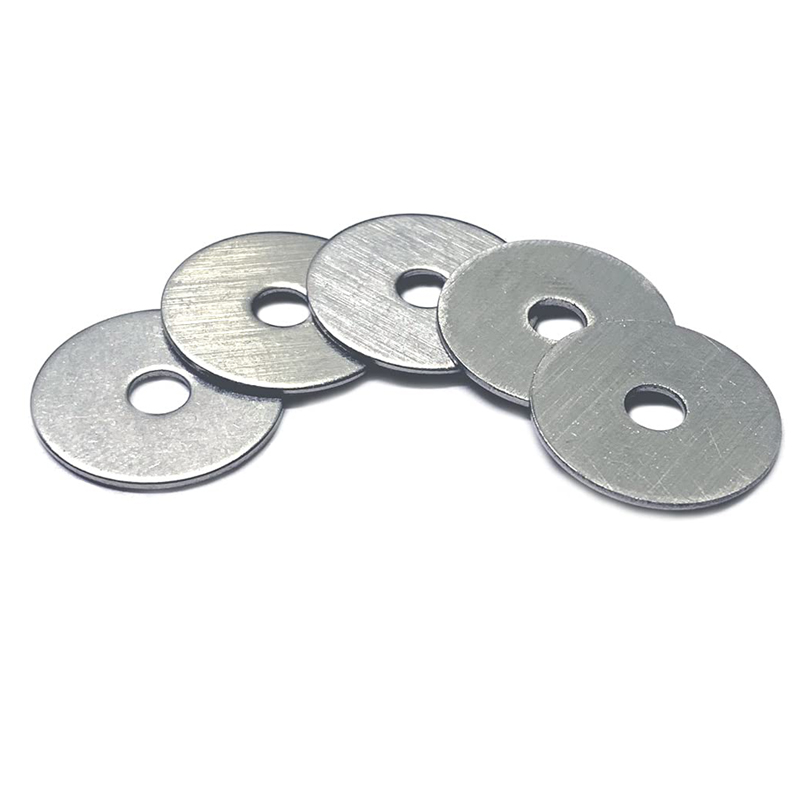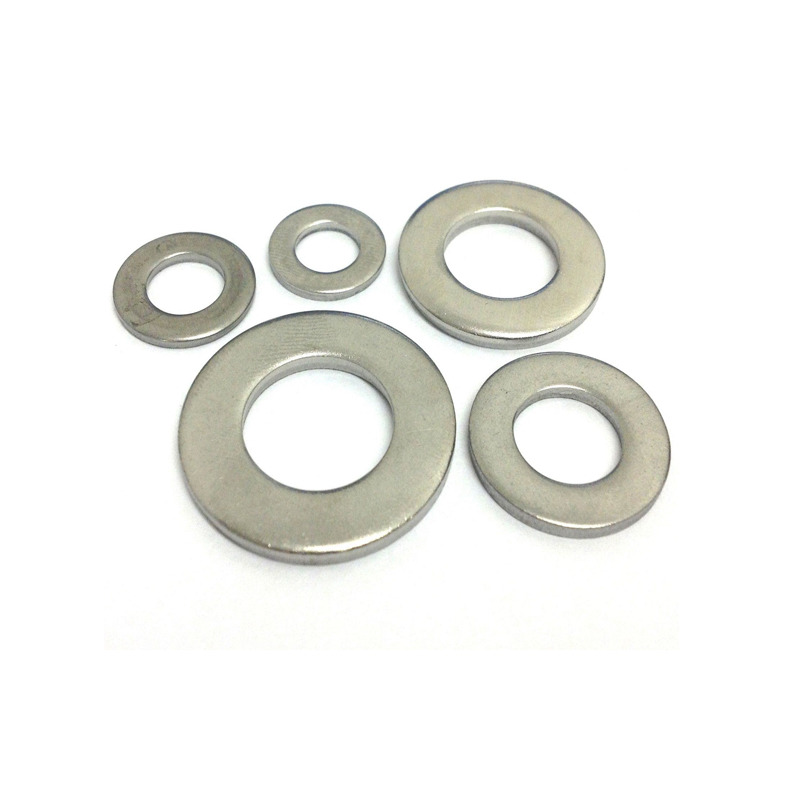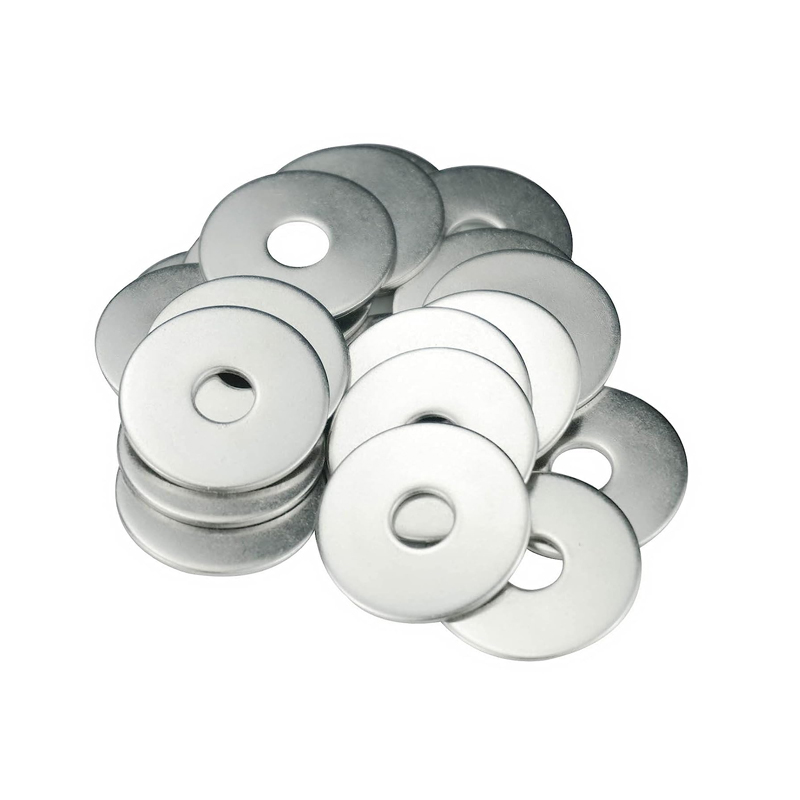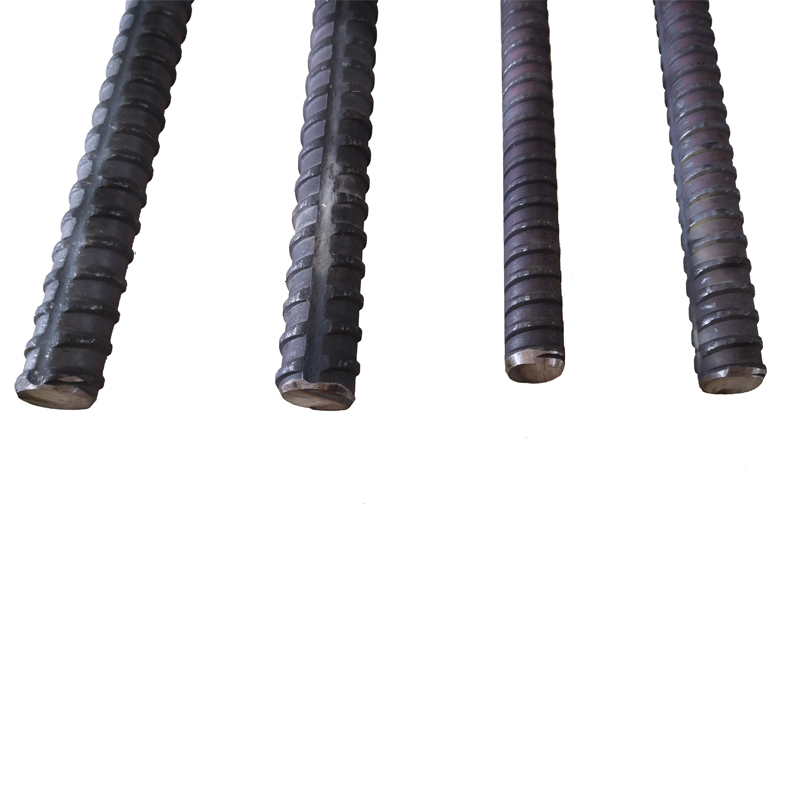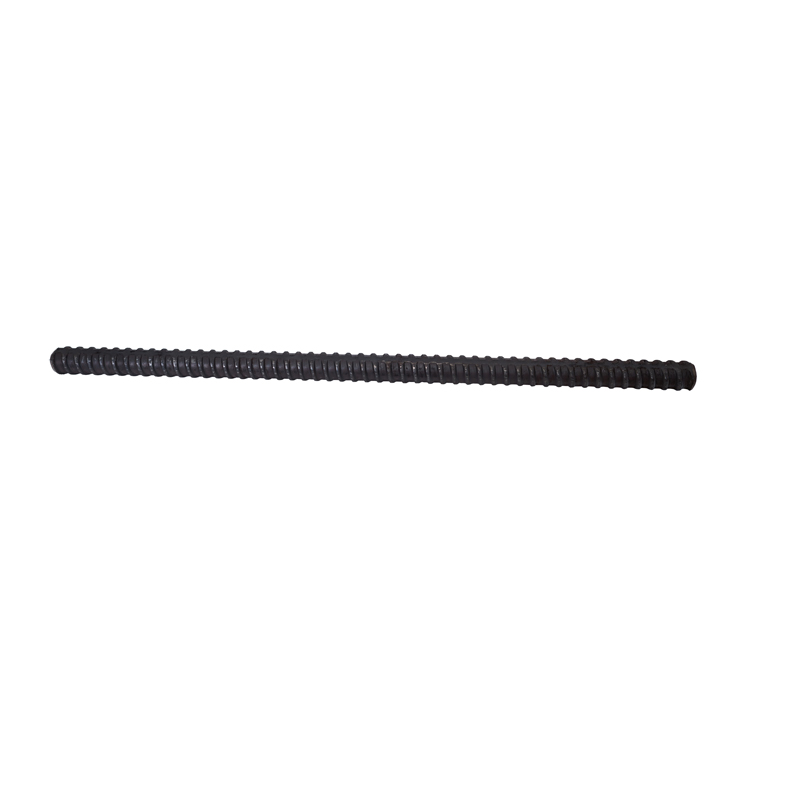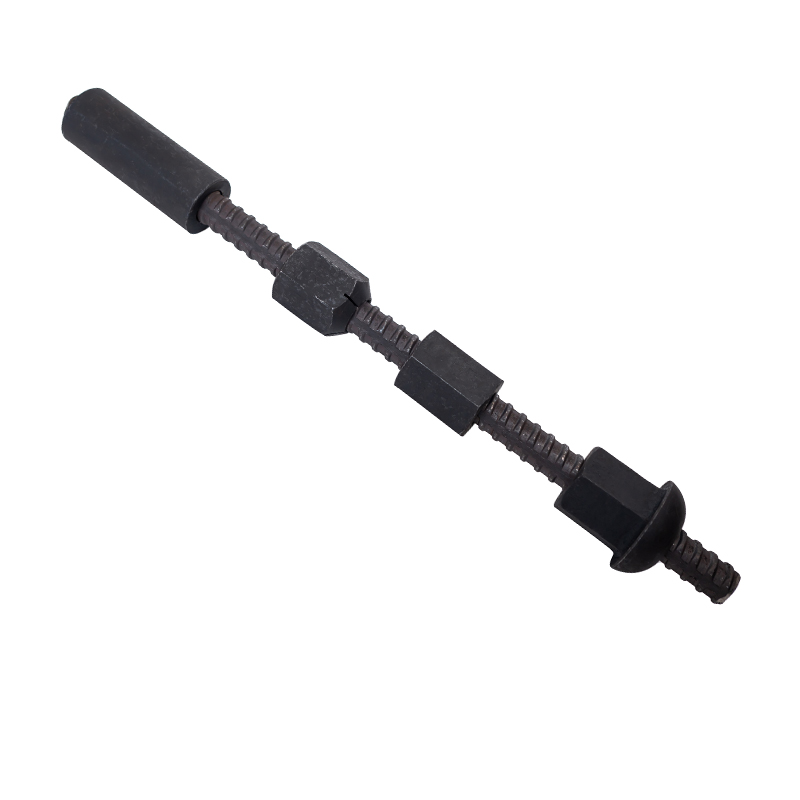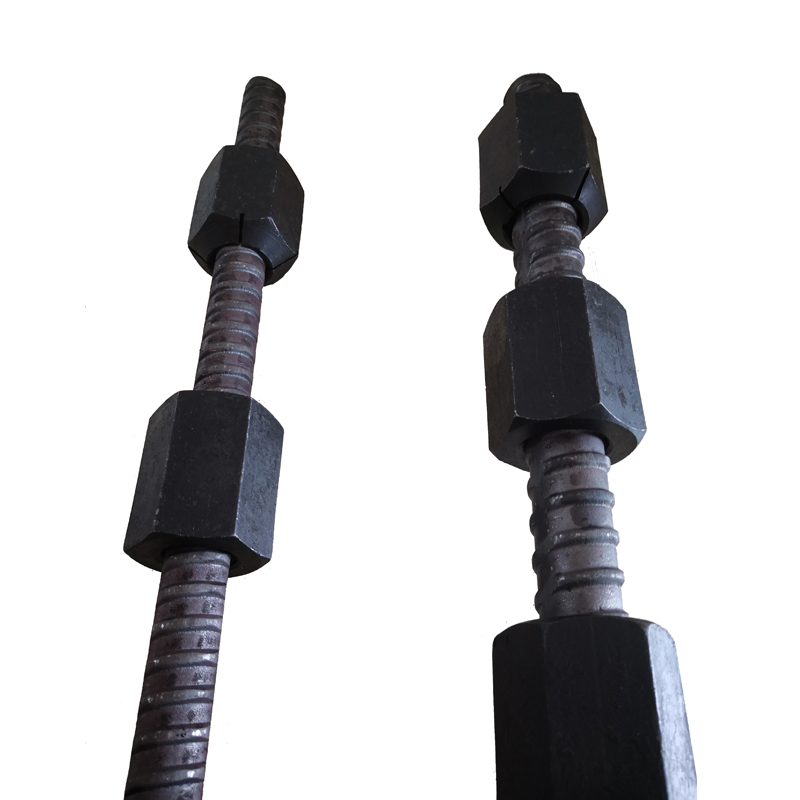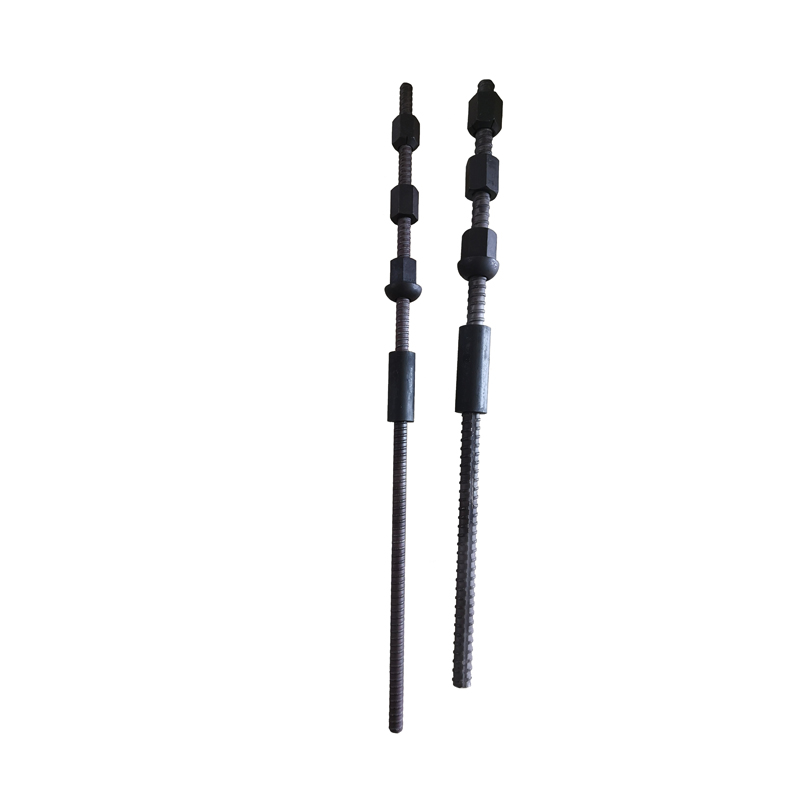"Bolts and screws" are types of fasteners used to hold materials together in construction, machinery, and various other applications. While they are often used interchangeably, bolts and screws have distinct features and purposes.
HomeCategory
FASTENER AND BARS
"Nuts" are a type of fastener with an internal thread, typically used in conjunction with a bolt to secure parts together. They are designed to thread onto the bolt and, when tightened, create a strong and stable connection by clamping the materials between the bolt's head and the nut.
"Washers" are thin, disk-shaped plates with a hole in the center, typically used in conjunction with bolts, screws, or nuts to distribute the load, prevent damage, and provide a smooth surface for tightening. Washers are essential in many fastening applications, serving both functional and protective roles.
"Bars" are long, solid, straight pieces of material, typically metal, used in various construction, manufacturing, and engineering applications. They come in different shapes, including round, square, rectangular, and hexagonal, and are made from materials such as steel, aluminum, brass, and other metals or alloys. Bars serve structural, mechanical, and decorative purposes in a wide range of industries.
"Couplers"are mechanical devices used to connect two components, typically pipes, rods, bars, or cables, ensuring a secure and stable joint. They are widely used in construction, engineering, plumbing, and other industries to facilitate the extension, alignment, or repair of structures. Couplers come in various types and are designed to match the specific materials and requirements of the application.
